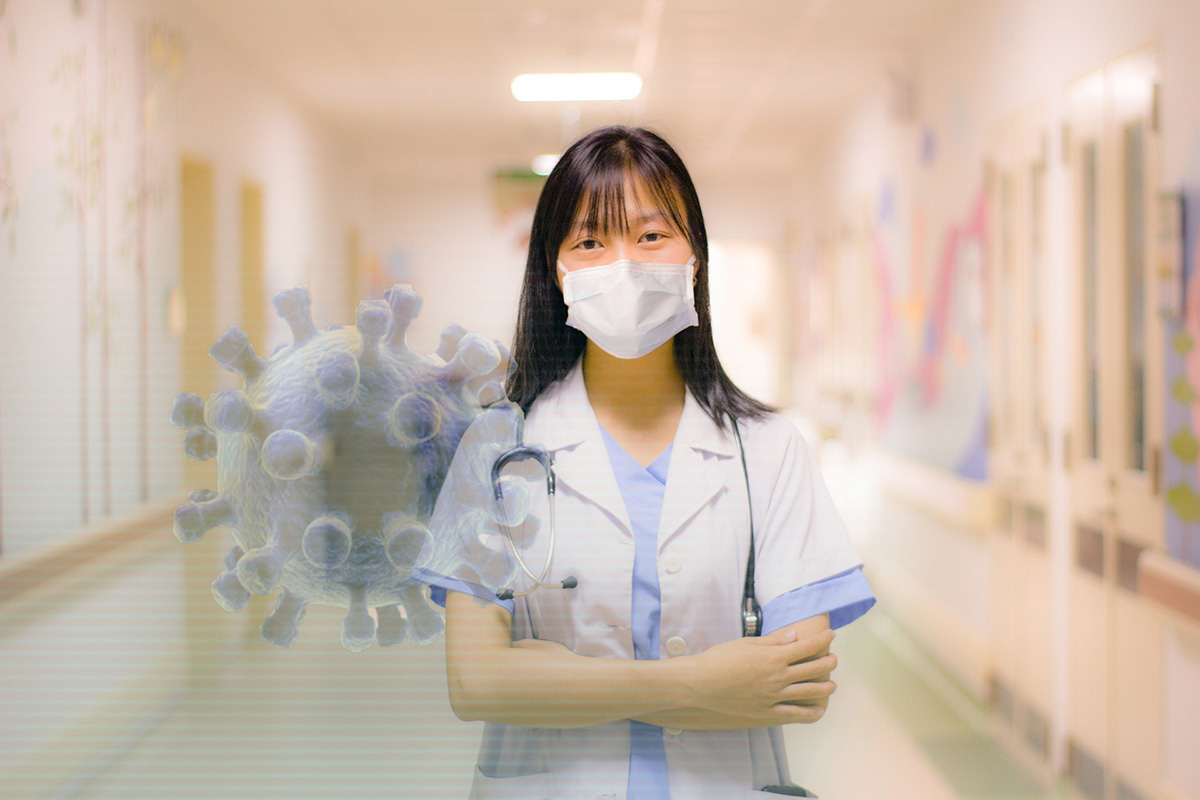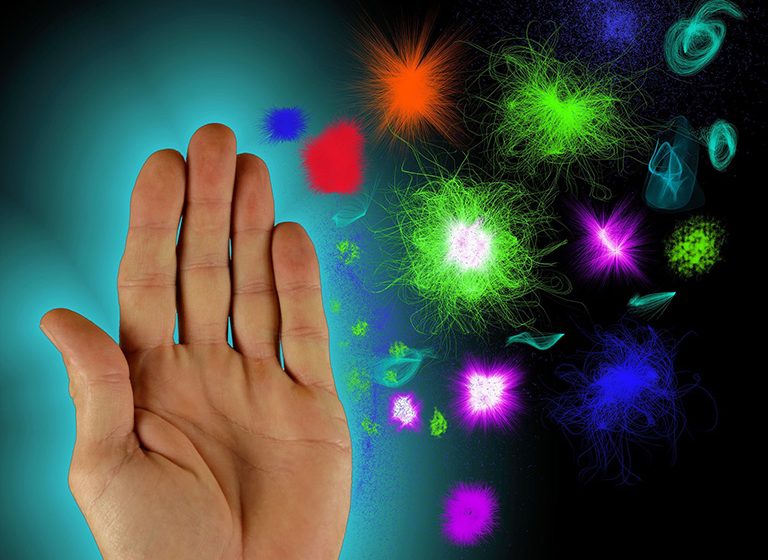Power sufficiency UV-C light
Studies are showing that far-UVC at 222 nm inactivates more than 95% of aerosolized H1N1 influenza viruses already at a low dose of 2 mJ/cm2. These wavelengths are deemed safe for humans because light at wavelengths from 207 to 222 nm can completely be absorbed by the dead outer layer of human skin and by the outer tear layer of the eye. When we come to SARS-CoV-2 virus, Far-UV-C light (222nm) also shows to be the most efficient and safe in the inactivation of said virus. On the other hand, use of 254 nm germicidal wavelength can cause skin cancers, including deadly melanoma, and that is why we always call for safe and responsible use of all UV-C equipment, in order to keep everybody safe and healthy. Getting in terms of physics, UV-C lights emitted by a source is expressed in watts (W) and the irradiation density is expressed in watts per square meter (W/m2). Dose of UV-C light/irradiation is critical for pathogens to be efficiently killed., as mentioned above The dose is the irradiation density multiplied by the time (t) in seconds and expressed in joules per square meter (J/m2). UV-C light can be administered via UV-C lamps (Cold Cathode Lamp) and UV-C LEDs. Both can be produced in different UV emissions levels and wavelengths. Lamps usually have a wavelength of 254 nm and LEDs 265 nm. Lamp UV emissions can be in range of 200 mW, 600 mW, 1.100 mW while LEDs are in range of 25 mW, 30 mW, 35mW, 50mW. Lamp emits light line source, producing full-circumference irradiation. On the other hand, LEDs emit point light source, producing on-axis irradiation. End users can choose UV-C equipment according to their needs and/or power consumption limitations or the irradiation type.
When we come to SARS-CoV-2 virus, Far-UV-C light (222nm) also shows to be the most efficient and safe in theinactivation of said
virus…
Paper currency and coins may be a public health risk when associated with the simultaneous handling of food and could lead to the spread of nosocomial infections…
Decontaminating work apparel is probably the best way to reduce sick-related leave costs in times of epidemics or pandemics…
The influenza virus can “live” on some surfaces for up to 48 hours. Routine cleaning of surfaces may reduce the spread of flu…
The effective resistance of many types of microorganisms to UV-C varies considerably. We should know that the germicidal effect starts directly after the irradiation…
All kinds of germs are found in public transport vehicles, so it is important to take care of that part of public health security by disinfecting those vehicles the proper way…







